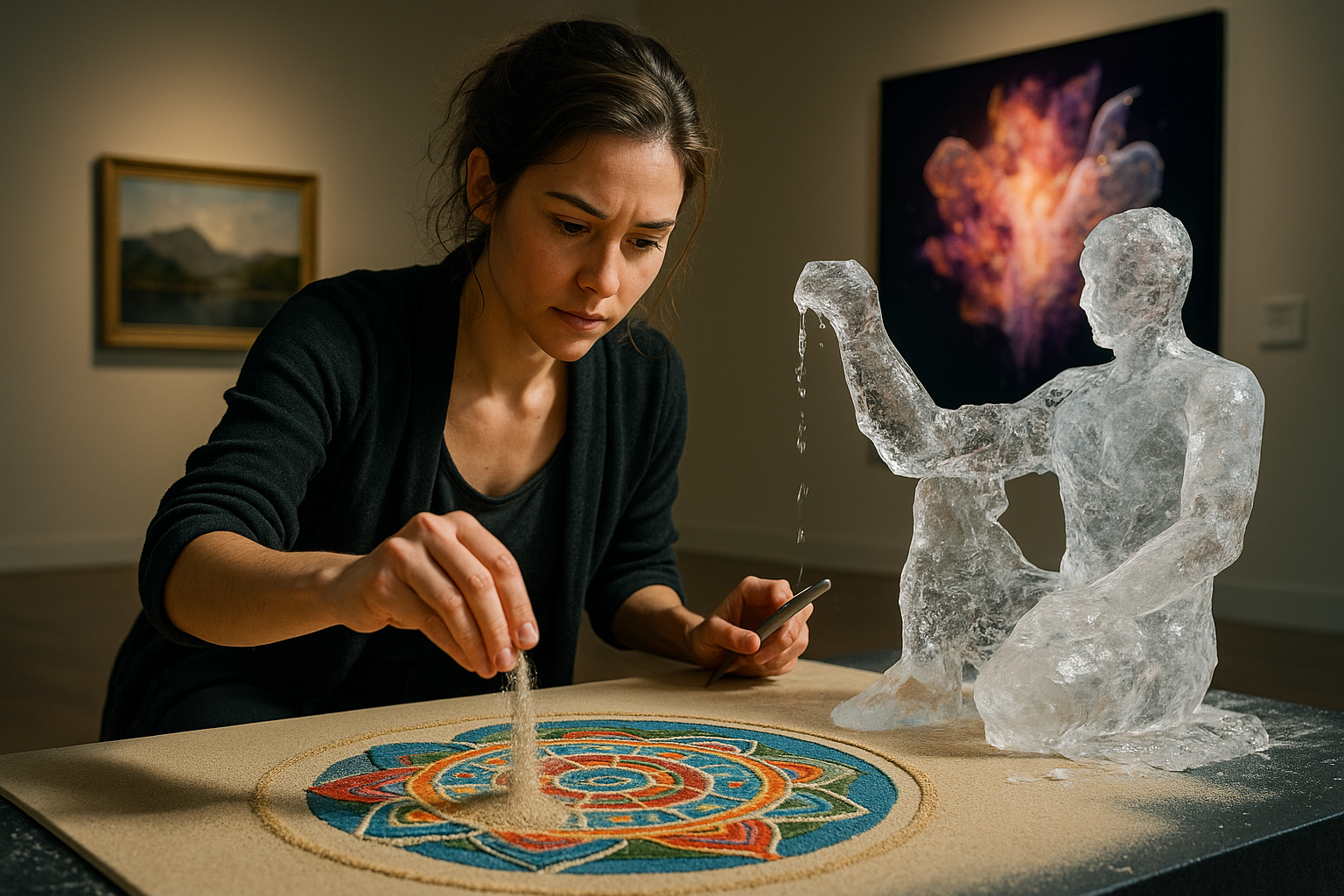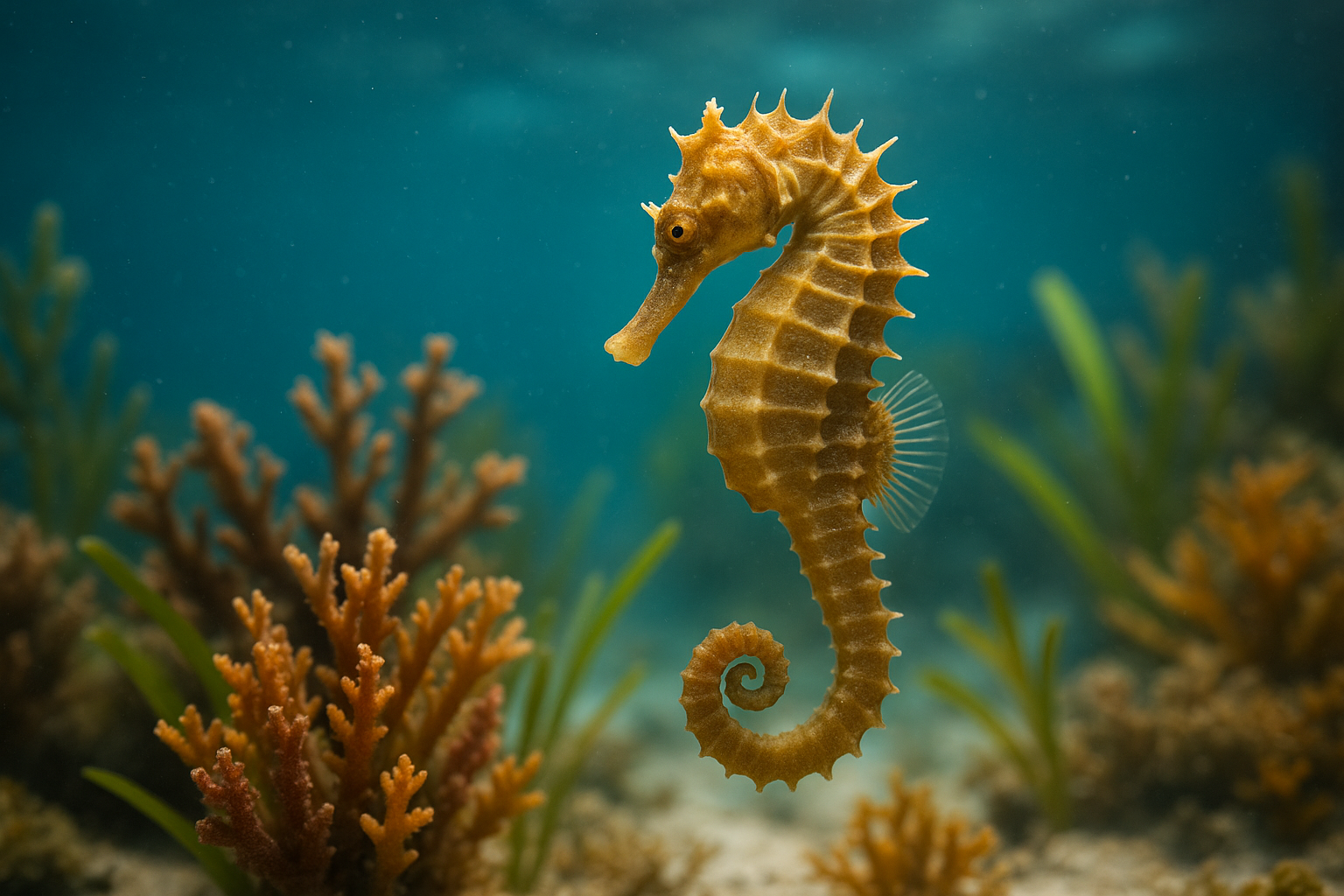Ephemeral Art: The Beauty in Transience
Art, in its many forms, has always been a conduit for human expression, and ephemeral art adds a unique twist to this age-old practice. Ephemeral art, or art that is fleeting, transient, and intended to be enjoyed for a limited time, introduces a fresh perspective to the appreciation of artistic creations. This article delves into the background of ephemeral art, its growth over the years, and its present-day significance and influence.

The Origins and Evolution of Ephemeral Art
Ephemeral art, a term coined in the late 1960s, finds its roots in ancient civilizations. From intricate sand mandalas by Tibetan monks to elaborate ice sculptures by Inuit tribes, the concept of art as a transient expression has been around for centuries. The advent of modernism and post-modernism in the 20th century further fueled the growth of ephemeral art, with artists challenging the permanence traditionally associated with art.
The Advent of Performance Art
The 1970s saw the rise of performance art, a form of ephemeral art that uses the artist’s body as a medium. This movement challenged the notion of art as a commodity and emphasized the importance of the creative process. Artists like Marina Abramović and Chris Burden became renowned for their groundbreaking performance pieces, shifting the focus from the final product to the experience and process of creation.
Ephemeral Art in the Digital Era
With the advent of digital technology, ephemeral art has found new avenues of expression. Artists are now using social media platforms, like Instagram, to create digital ephemeral art. These creations, which have a limited lifespan, are seen and appreciated by millions before they disappear, reinforcing the concept of transience.
Impact and Significance of Ephemeral Art
Ephemeral art has redefined the way we perceive and appreciate art. By emphasizing the fleeting nature of the creative process, it urges the audience to live in the moment and treasure the beauty of transience. This form of art also encourages sustainability by using natural, non-permanent materials, thereby reducing the environmental impact of artistic practices.
The Future of Ephemeral Art
While the future of any art form is unpredictable, the journey of ephemeral art so far suggests it will continue to evolve and inspire. As we grapple with a world in flux, the transitory nature of ephemeral art resonates more than ever. It reminds us of the impermanence of our existence and the beauty inherent in change and evolution.
In conclusion, the growth and evolution of ephemeral art has been a testament to the human spirit’s ability to find beauty in transience. Its influence on the art world and beyond continues to grow, challenging traditional notions of art and encouraging audiences to appreciate the fleeting beauty of our world. With its roots firmly planted in history, yet constantly evolving to reflect contemporary themes, ephemeral art has secured its place in the panorama of artistic expression.




